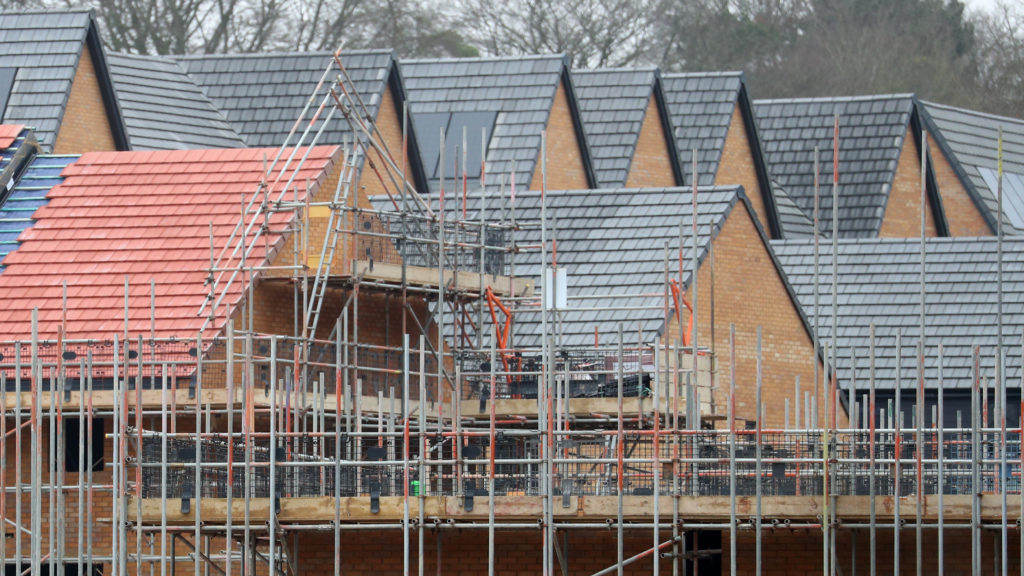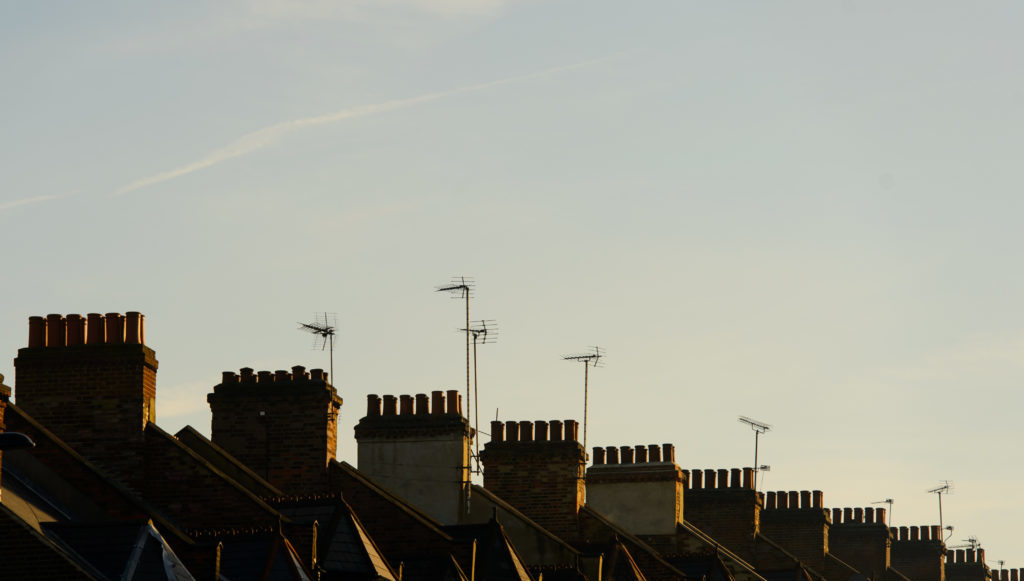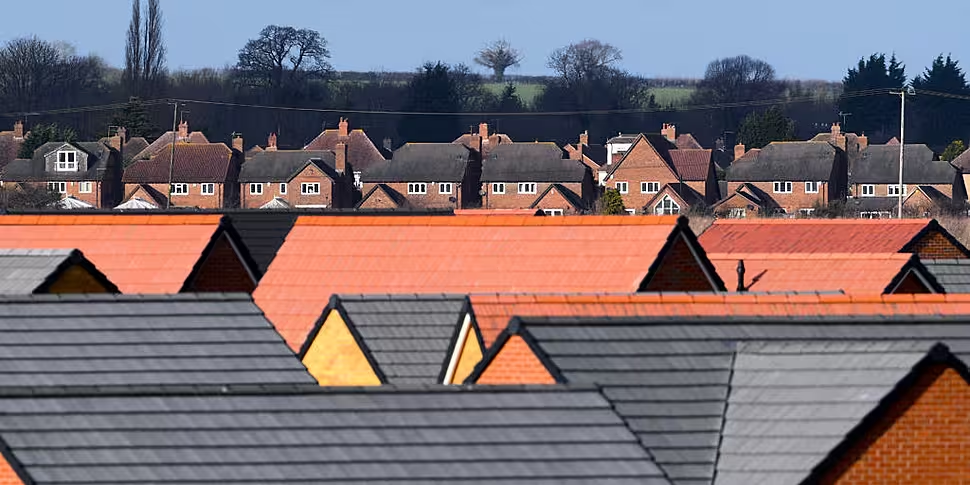Three families have received the keys to new social homes in County Louth - which were built using 3D printing.
The homes were built using a machine and technology process which sorts concrete blocks into a frame, instead of manual labour.
The homes in Dundalk are the first of their kind to be built in Ireland in a collaboration between Louth County Council and Irish construction technology company Harcourt Technologies (HTL), alongside construction firm Roadstone, the Louth and Meath Education and Training Board (LMETB) and Harcourt Architects.
The council houses took 132 days to complete from start to finish.
Newstalk reporter Andrew Lowth was in Dundalk today to see the three bed homes.
"Accelerates what's done traditionally"
He told The Hard Shoulder it has been claimed that the 3D printed homes take approximately 35% less time to construct than if they were being built manually.
HTL Technologies’ CEO Justin Kinsella said the company starts all of its projects with a digital model that defines what they are building.
“We transfer that into a machine… and we bring a ready mix lorry with concrete, standard concrete, and put it into our pump,” he said.
“It goes through the line and then when it comes out at the head the machine knows exactly where to place the material and it just continues to go round and around, layer after layer.
“Really it just accelerates what was done traditionally, where manually, people would have placed block."
 New houses under construction in Basingstoke, Hampshire, England, © PA Archive/PA Images
New houses under construction in Basingstoke, Hampshire, England, © PA Archive/PA ImagesMr Kinsella said the houses were delivered faster and with no extra cost.
“We were able to use this technology to accelerate the housing delivery by 35% at no extra cost,” he said.
“Bear in mind, this is the first commercial project in this country, and we were able to deliver a very robust house type.
“They're concrete, they're going to be here for 100 years, if not more, and that's the whole idea of the technology is to increase productivity.”
Training
The Louth and Meath Education and Training Board CEO Martin O'Brien said about 200 people have been trained in building these houses now.
“The company approached us two years ago to see would we be able to support the staff development of their staff and also to provide training to other people across the country that were interested in getting involved in this technology,” he said.
“About 200 people have been trained to date - the take up is across a range of engineers, people from local authorities, architects, building contractors…
“So it's a whole variety of people that have been at the trade, maybe for years, who are looking to diversify.”
"Getting people in homes"
Mr O’Brien said this way of building is much better for builders, who would be able to continue this work further on into their careers than traditional manual labour.
Louth County Council CEO David Conway said they were happy to jump on this new house building concept even though it is a new concept.
“Getting people in homes is what we're all trying to achieve here,” he said.
“We have lists and so on and we're working through that and I'm glad to say Louth is probably ahead in terms of delivery of housing stock.
“But again, new technologies are always welcomed in terms of how we can actually drive that forward and get more people off our housing lists.”
 Terraced houses, © PA Archive/PA Images
Terraced houses, © PA Archive/PA ImagesOne of the families moving into these 3D printed council houses said they are incredibly excited to get into the new home.
“[It feels] amazing that I'll finally have a garden for the kids to play in and [a] happy life,” Shannon from Louth said.
“I applied just before Christmas but I got word then in January and now I'm getting the keys [and] I'm going to be in within the week.”
It is hoped this new method of building homes can help with the delivery of housing stock across the country.
Houses, © PA Archive/PA Images









